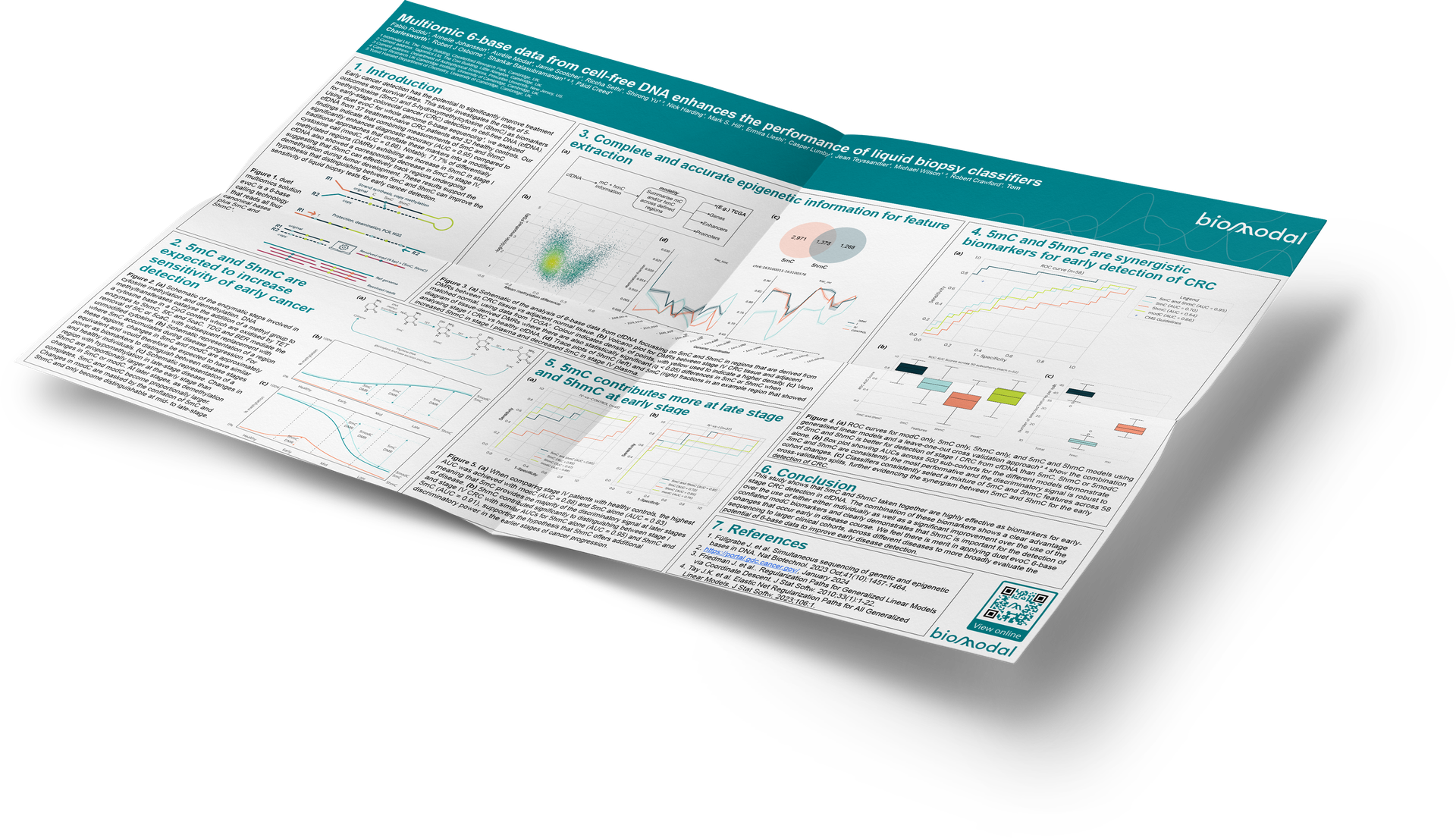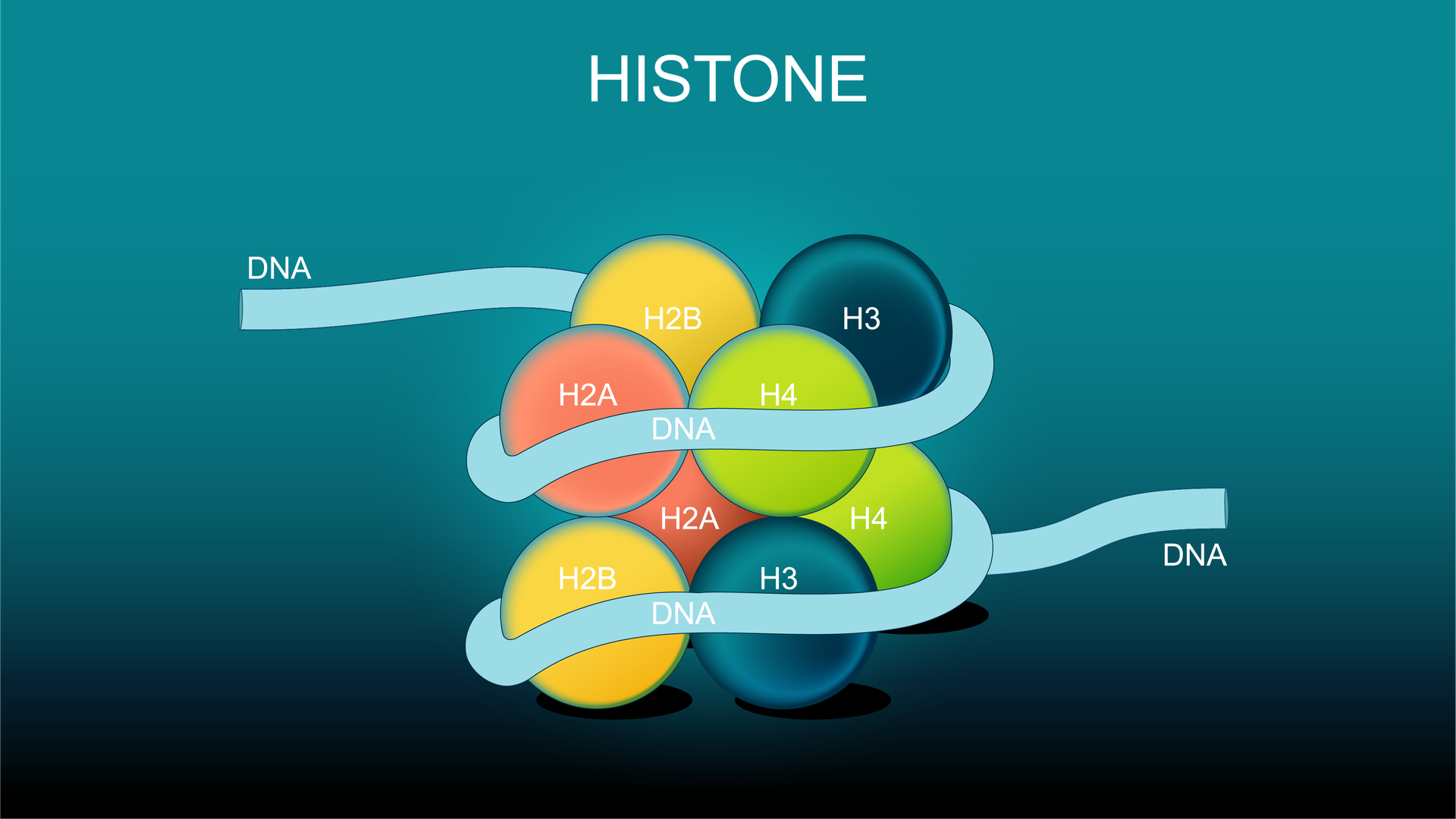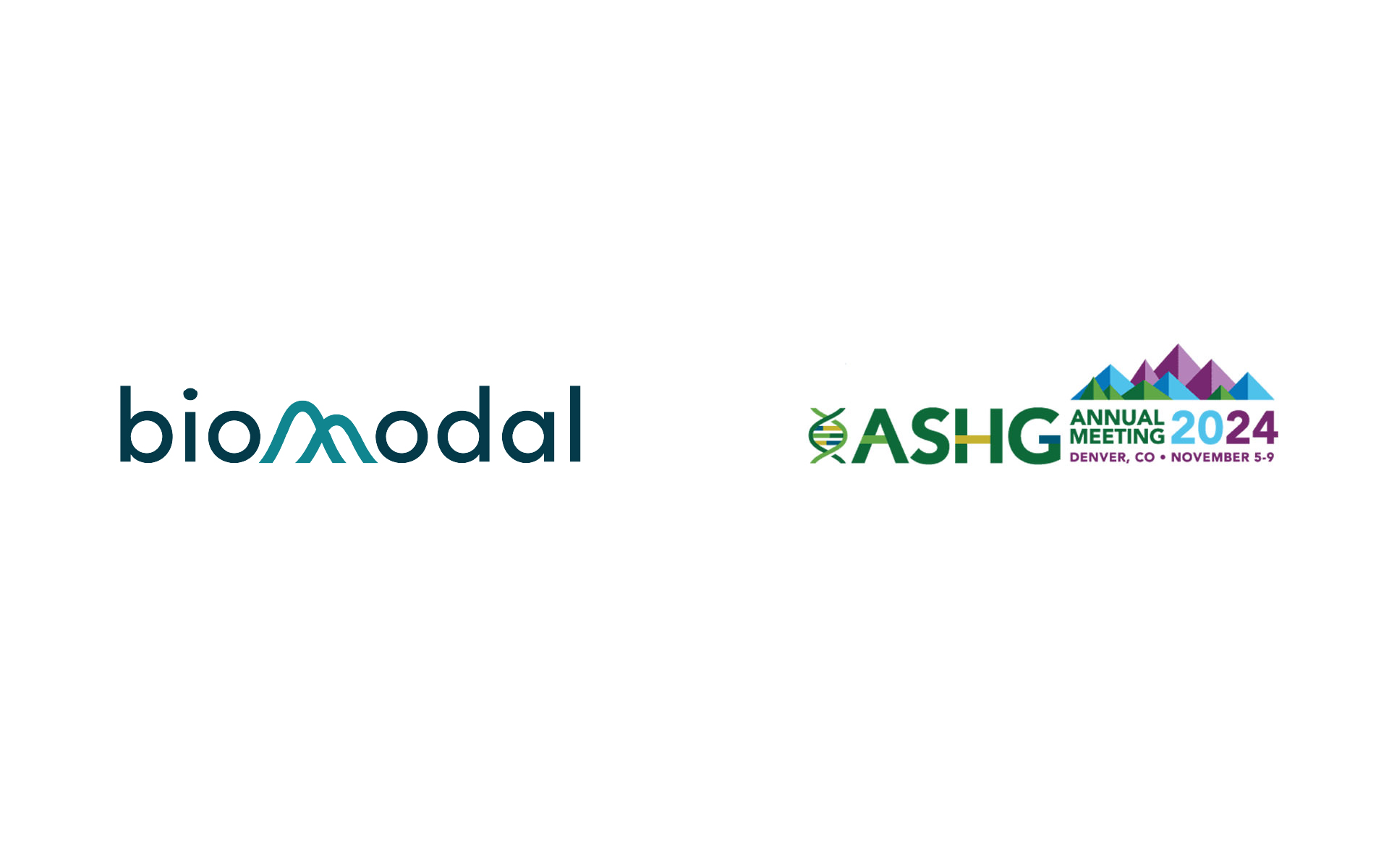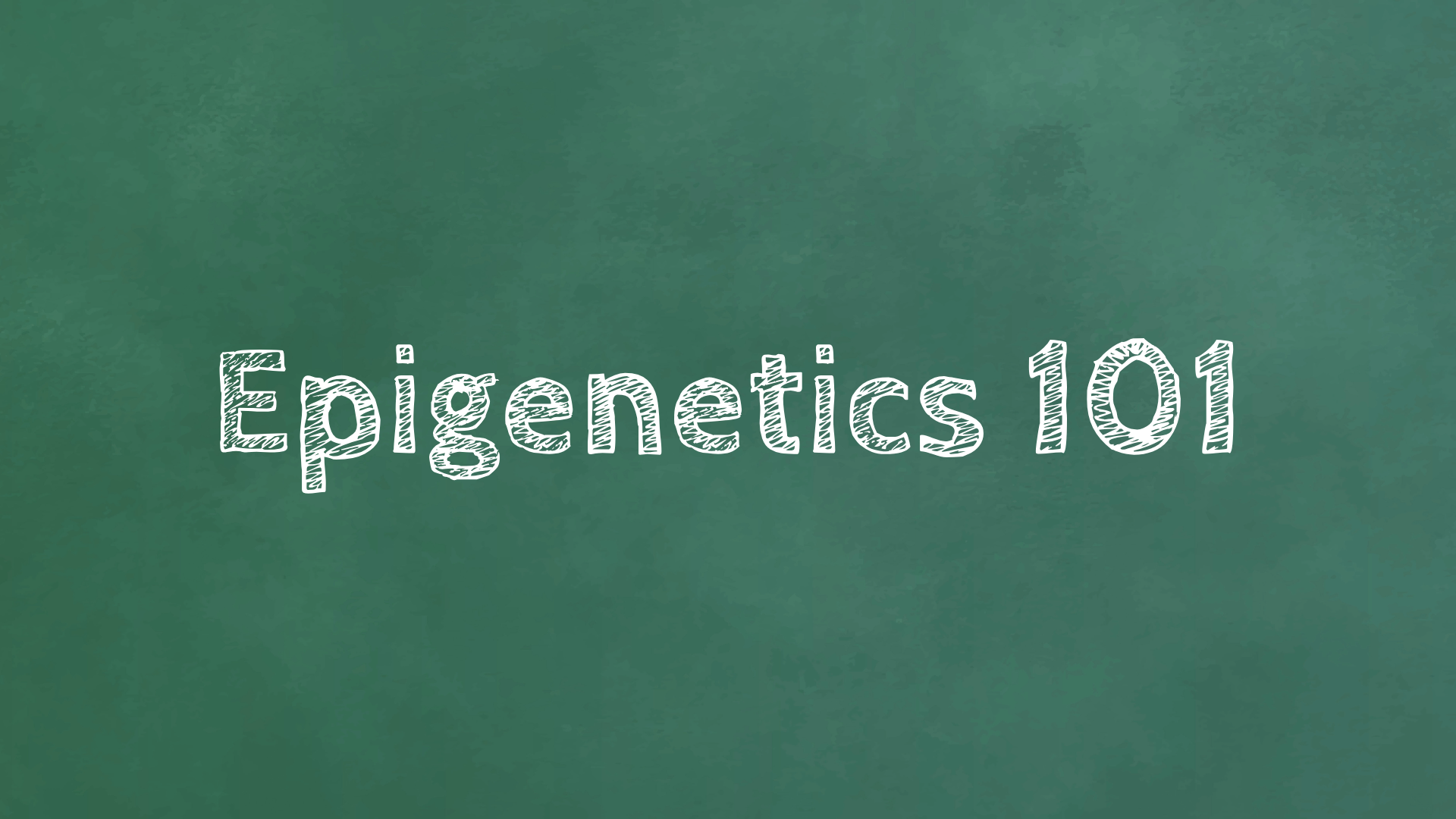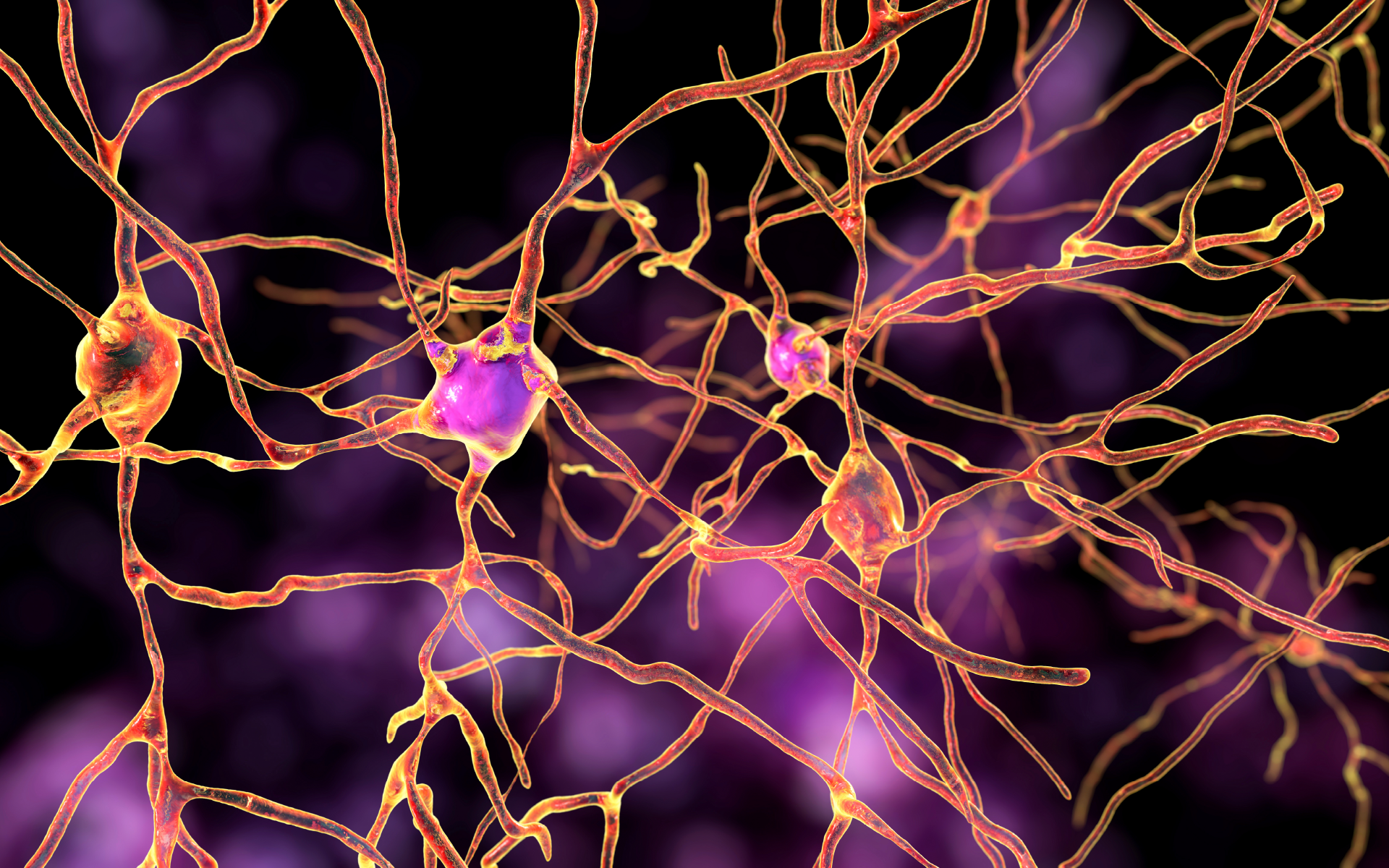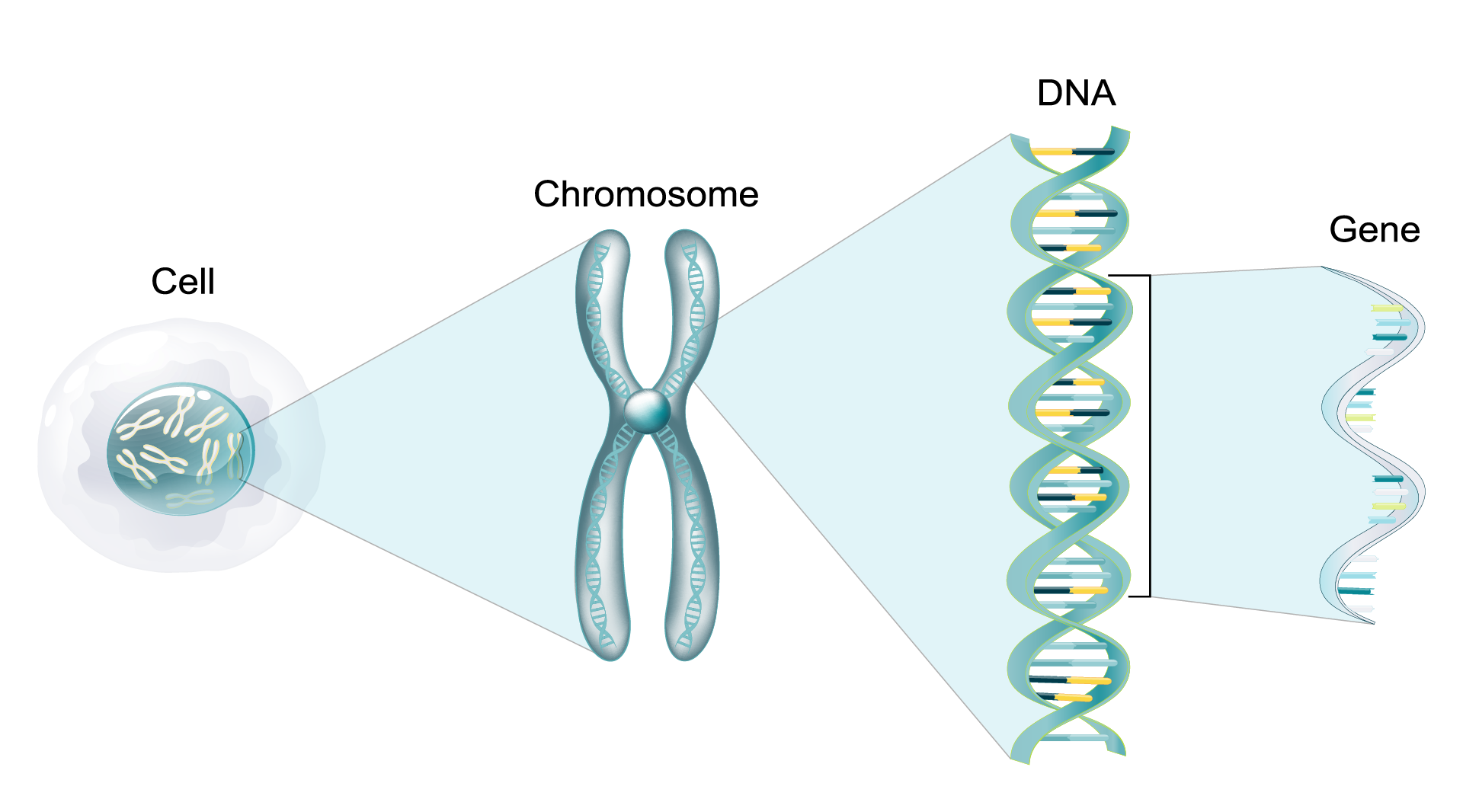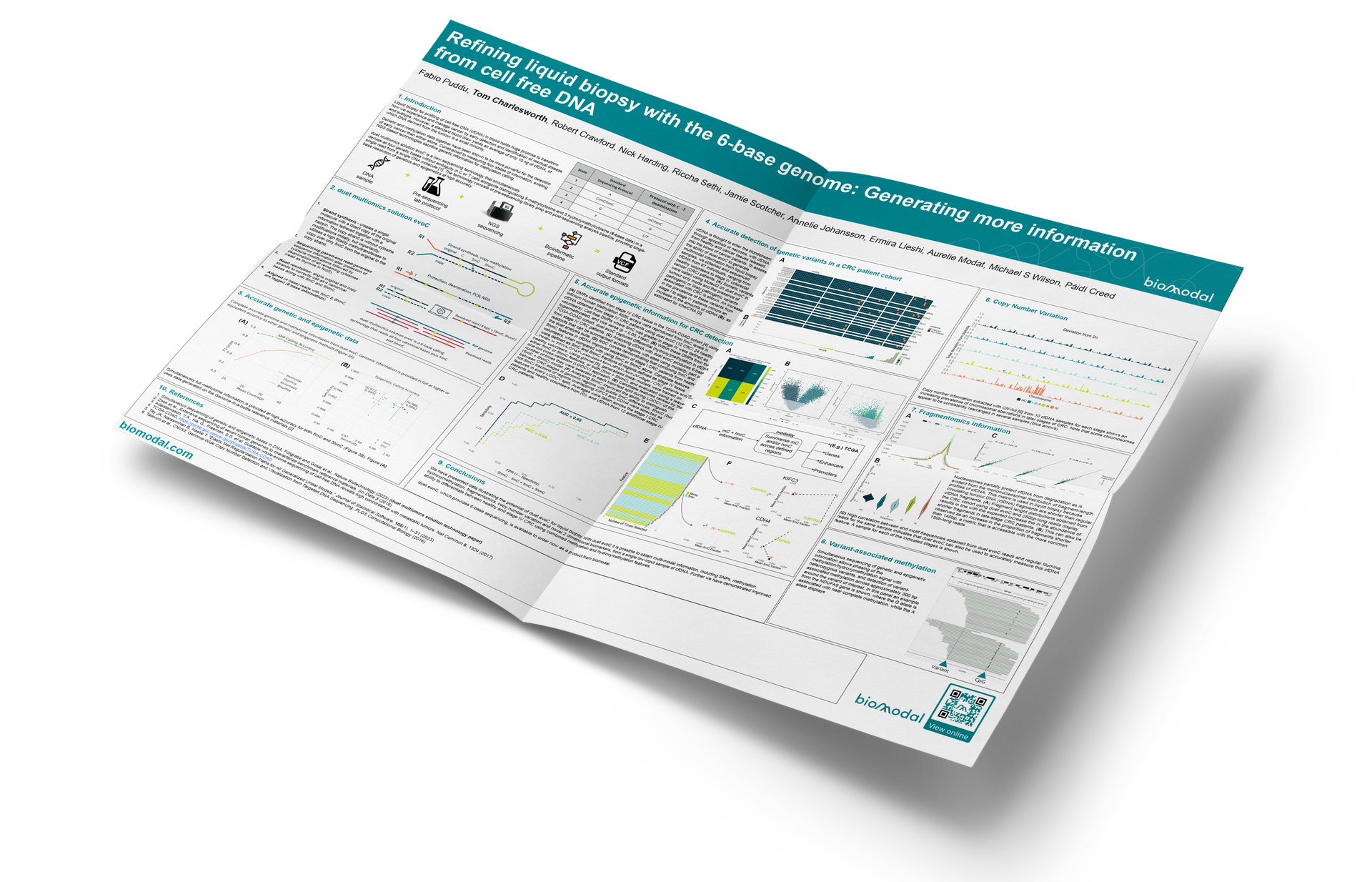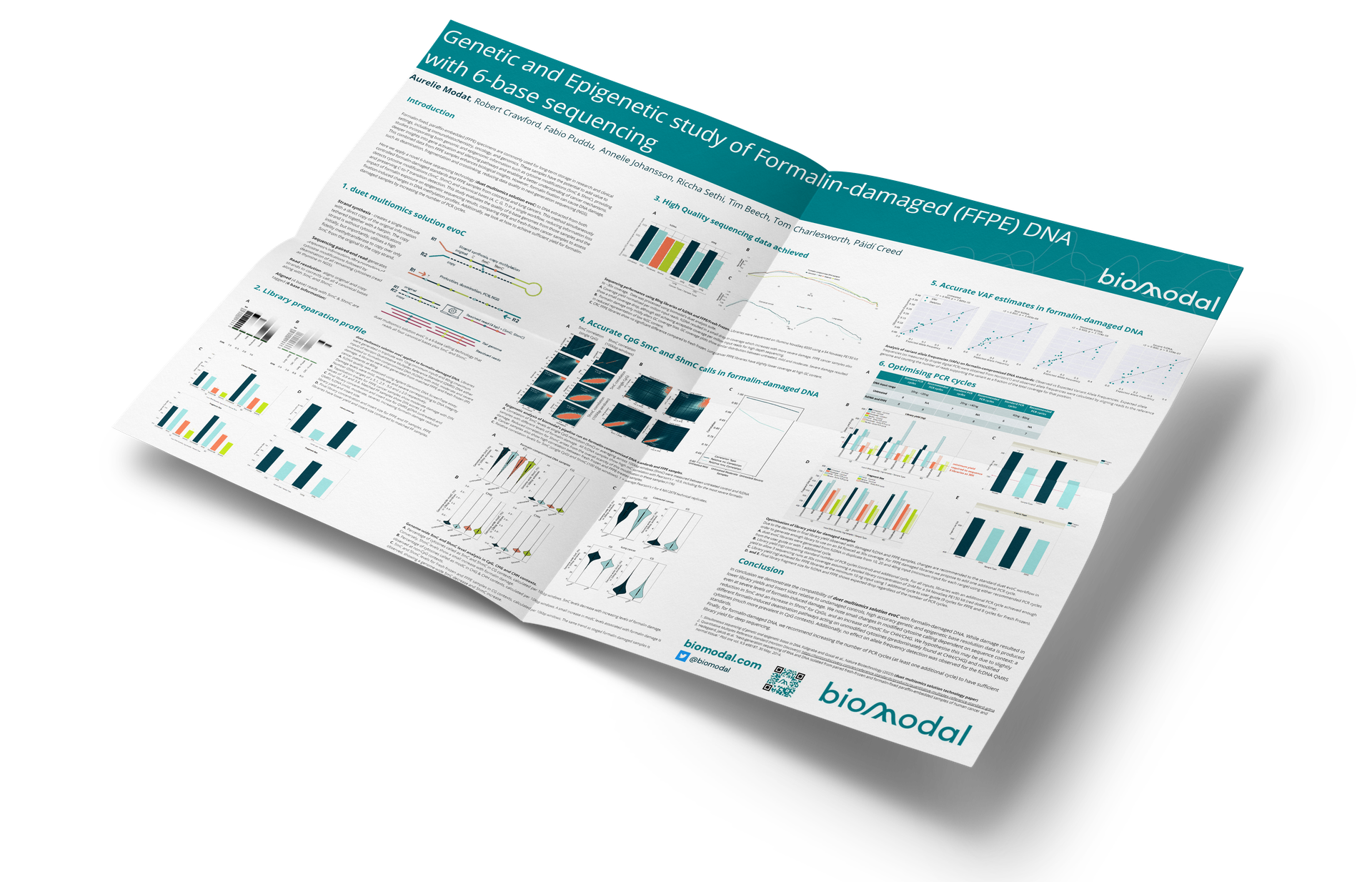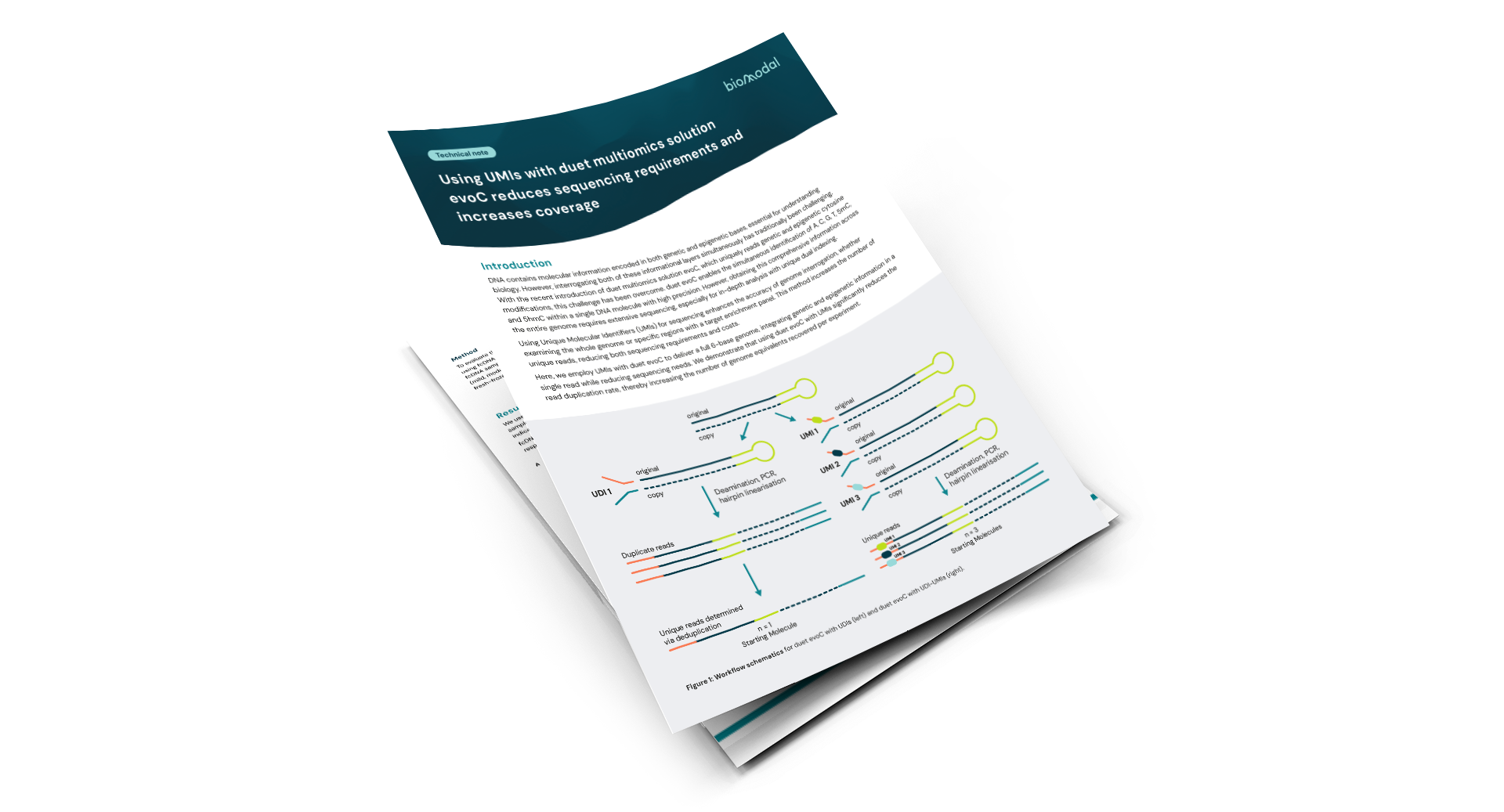Resources
Resource types
- Poster
This study shows that 5mC and 5hmC taken together are highly effective as biomarkers for early-stage CRC detection in cfDNA.
- Blog post
Discover how histone modifications like acetylation and methylation shape chromatin structure, control gene expression, and influence epigenetic regulation.
- News article
“Our goal is to provide researchers and liquid biopsy clinical test developers with innovative tools that enable them to reveal previously undetectable biological changes,”
- Blog post
Discover the fascinating world of epigenetics, where our genes are influenced not only by our DNA but also by our environment.
- Blog post
Explore how liquid biopsy works for neurodegenerative disease diagnosis; including advantages over traditional methods and promising biomarkers.
- Blog post
The study of genomic DNA (gDNA) has revolutionised the field of genetics, allowing scientists to gain a deeper understanding of how traits are inherited and how genetic variations contribute to disease.
- News article
biomodal has just announced it has filed a lawsuit against New England Biolabs in the United States District Court for the District of Massachusetts.
- Poster
Liquid biopsy for profiling of cell free DNA (cfDNA) in blood holds huge promise to transform how we experience and manage cancer by early detection and identification of residual disease and subtype.
- Poster
Formalin-fixed, paraffin-embedded (FFPE) specimens are commonly used for long-term storage in research and clinical settings, including immunohistochemistry, oncology, and genomics.
- Technical note
DNA contains molecular information encoded in both genetic and epigenetic bases, essential for understanding biology.
- Webinar
This Teach Me in 10 will introduce the 6‑base genome (A, T, C, G, 5mC, and 5hmC) delivered by a powerful new technology, duet multiomics solution evoC.
